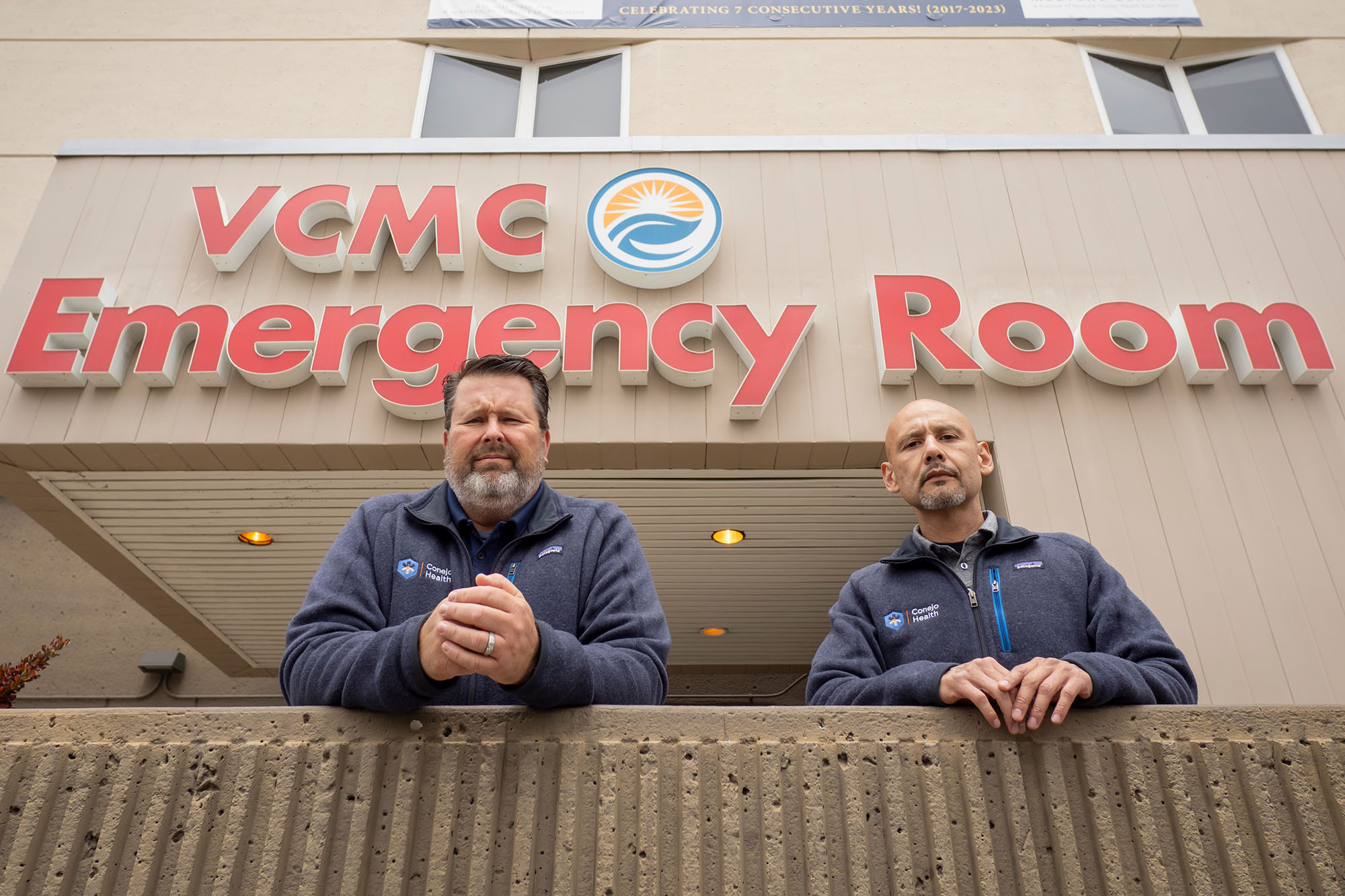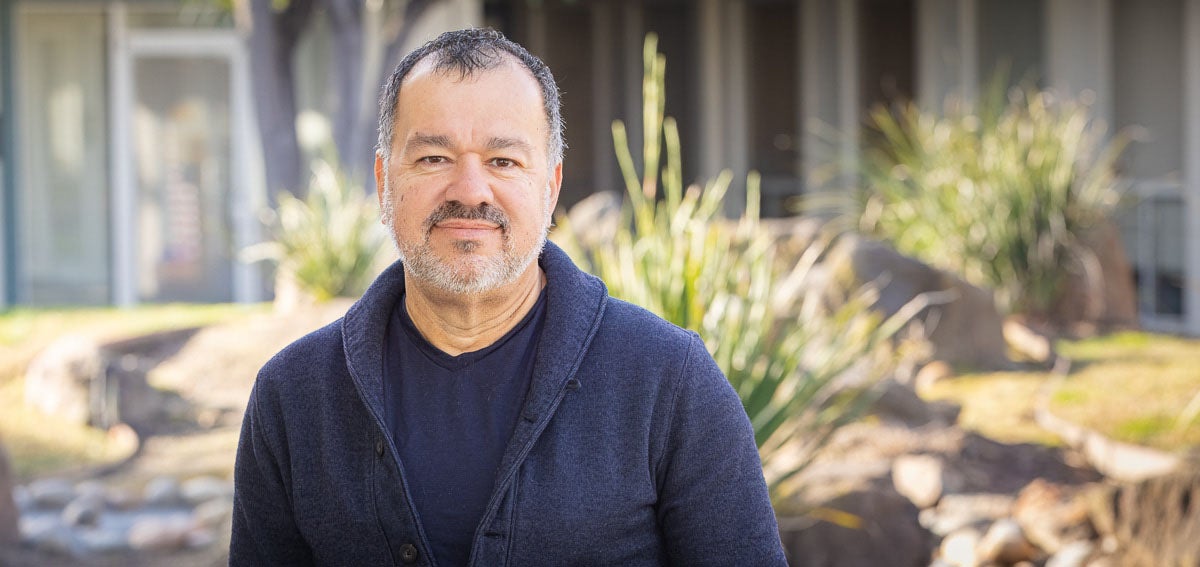
While Americans are preoccupied with the COVID-19 pandemic, the damage created by the opioid epidemic continues to mount in the background. More than 2,000 Californians die every year of overdose from an opioid, while thousands more are treated in a California emergency department and survive.
Opioid Care Honor Roll Webinar Series
June–September 2020
Cal Hospital Compare offers four webinars to help California hospital leaders accelerate their implementation of opioid care best practices.
Since the US Department of Health and Human Services declared the opioid crisis a public health emergency in 2017, most sectors of health care, law enforcement, and social services have rallied to address it.
Hospitals have been especially critical to this effort. They provide acute care for many people with opioid use disorder (OUD) who present to a hospital emergency department or are admitted as an inpatient. This touchpoint is a “reachable moment” for many patients — an opportunity for providers at California hospitals to help reduce chronic opioid use and future overdose deaths by offering evidence-based care, effective alternative pain management approaches, addiction treatment, and overdose prevention. It has been challenging to provide visibility into where California hospitals were succeeding in treating patients with OUD. The drive to overcome that challenge turns out to be a statewide opportunity for improvement.
Recognizing Hospitals’ Progress
In 2019, to accelerate hospital progress in building systems to more appropriately treat patients with pain and/or OUD, Cal Hospital Compare launched the Opioid Care Honor Roll Program. The goal of this three-year initiative is to reduce OUD and related deaths, increase access to addiction treatment for acute care patients, and recognize the progress of individual hospitals. The project is supported by the California Health Care Foundation and California Bridge, a statewide program that provides hospitals technical assistance with OUD treatment. Because there are no standardized performance measures for safely and effectively treating pain with opioids, Cal Hospital Compare developed the Opioid Management Hospital Self-Assessment tool (PDF). This is both a measurement instrument and a road map of proven strategies for change.
The development of the tool was a multistakeholder, collaborative effort that took many months. People representing hospital emergency, pharmacy, and quality departments, health plans, California Bridge, the National Quality Forum, state agencies, and consumers came together to identify how to measure opioid management in the hospital setting. The workgroup identified these elements as a critical framework for opioid care goals:
- Prevent new chronic opioid starts, along with safe and effective pain management
- Identify and treat OUD
- Prevent overdoses, especially in high-risk patients
- Address stigma and develop an overall culture of opioid care
These activities are rooted in evidence-based practices, the Joint Commission’s pain management standards, and the real-life expertise of our workgroup members. The opioid management tool is designed to assess process and structural measures in year one to encourage hospitals to participate. As hospitals progress, Cal Hospital Compare will introduce quantitative performance measures with the support and collaboration of our multistakeholder workgroup.
Using the Opioid Management Hospital Self-Assessment tool, Cal Hospital Compare will identify and announce Opioid Care Honor Roll recipients starting with last year’s pilot program, in which 60 hospitals (PDF) voluntarily reported their progress addressing the opioid crisis. All types of hospitals participated and reported substantial work toward implementing effective opioid management practices. As indicated by the wide range of scores, several hospitals are well along in their practice implementation journeys, while others are just starting.
Hard-Wiring Success
The results show that many hospitals are combating the opioid crisis and strengthening treatment for OUD and effective pain management by adopting prescribing practices that reduce opioid use for patients discharged with acute pain, using multiple alternative approaches to pain management, initiating medication-assisted treatment for OUD patients, and connecting patients to community-based resources. Success for many hospitals is likely due largely to “hard-wiring” these processes into the electronic medical record.
A much smaller group of hospitals approached harm reduction via low- or no-cost naloxone distribution and education programs. Similarly, few hospitals actively engaged providers, staff, and patients in the design and implementation of OUD prevention, treatment, and stigma-reduction strategies. All participating hospitals expressed interest in addressing the stigma of OUD and naloxone use to provide safer and more equitable care.
In December 2019 Cal Hospital Compare, in partnership with the California Health and Human Services Agency, recognized participating hospitals.
Cal Hospital Compare encourages all hospitals to apply for this year’s Opioid Care Honor Roll and to participate in the complimentary webinar series running through September. Webinars will be recorded and made publicly available on Cal Hospital Compare’s website a few days after each event.
Check out the Cal Hospital Compare website to learn more about the 2020 Opioid Care Honor Roll Program, view relevant resources, and register for the webinar series.
For more than a decade, Cal Hospital Compare has been providing Californians with objective hospital performance ratings. Cal Hospital Compare is a nonprofit organization governed by a multistakeholder board that includes representatives of hospitals, purchasers, consumer groups, and health plans. It uses an open and collaborative process to aggregate public data and establish relevant measures and scoring. For more information on the organization’s Patient Safety and Maternity Care Honor Rolls, visit its programs page.
Authors & Contributors

Alex Stack
Alex Stack is director of programs and strategic initiatives with Cal Hospital Compare, a nonprofit organization that provides Californians with objective hospital performance ratings. Cal Hospital Compare was founded in 2004 as CHART, or the California Hospital Assessment Task Force. Alex received a master’s degree in public health from the University of Texas.
Stack advises health care organizations and teams on how to create a learning culture rooted in the science of quality improvement and high-reliability organizing. Using adult learning principles, she collaboratively designs and facilitates large-scale learning collaboratives, skill-building workshops, and personalized learning sessions for teams and individuals to achieve project aims.

Bruce Spurlock
Bruce Spurlock is the executive director of Cal Hospital Compare and president of Cynosure Health. Both are health care data transparency and improvement organizations whose vision is to eliminate suboptimal care and to make safe, reliable, and affordable care a reality for every patient. He received a medical degree from the University of California, Davis.
Spurlock leads and advises large improvement collaboratives at the regional, state, and national level to accelerate adoption of evidence-based practices. He speaks on a broad range of health care topics including translating policy into practice, trends in health care, and effectively engaging stakeholders to drive improvement.





